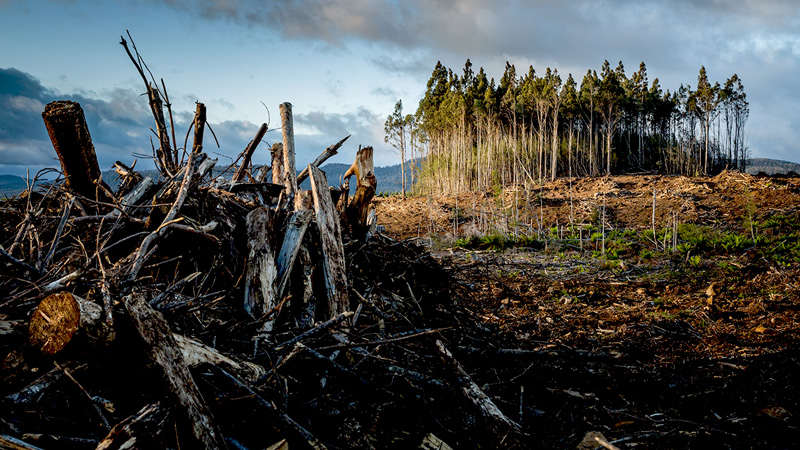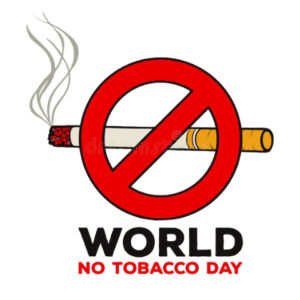The importance of climate change was ignored in past decades, but now the emergency of studying key aspects of it is rapidly increasing due to the multiple factors concerning it. It poses an existing threat to life on earth. To reduce the magnitude of the climate crisis, global warming needs to be minimized to 1.5֯ C, decided by the Paris Agreement. The role of the climate change performance index (CCPI) in contributing to the Paris Agreement is helpful in the frequent monitoring of climate conditions. Thereby helping in the quality evaluation of the report to form a strong, transparent climate change policy. CCPI had been evaluated by evaluating 59 countries and the European Union, which contributes approximately 90% to global greenhouse gas emissions. The 14 indicators used in CCPI cover the evaluation of Greenhouse gas emissions (40%), renewable energy (20%), energy use (20%), and climate policy (20%). These indicators ranked the G20 countries based on their performance on climate-linked measures.
The table shows the CCPI (2023) of G20 Countries
| Countries | 2022 RANK | 2023 RANK |
| United Kingdom | 7 | 11 |
| India | 10 | 8 |
| Germany | 13 | 16 |
| France | 17 | 28 |
| European Union | 22 | 19 |
| Indonesia | 27 | 26 |
| Mexico | 28 | 31 |
| Italy | 30 | 29 |
| Brazil | 33 | 38 |
| China | 38 | 51 |
| South Africa | 39 | 44 |
| Turkey | 41 | 47 |
| Japan | 45 | 50 |
| Argentina | 47 | 49 |
| United State | 55 | 52 |
| Russian Federation | 56 | 59 |
| Australia | 59 | 55 |
| Korean | 60 | 60 |
| Canada | 61 | 58 |
| Saudi Arabia | 63 | 62 |
Climate change has dragged the globe for several decades, and currently the effects are visible. Global emissions are caused by burning fossil fuels, manufacturing and industrial product emissions, deforestation, excessive usage of fossil fuels, depletion of the ozone layer, greenhouse gases, and many more. The usage of fossil fuels contributes 75% of greenhouse gas depletion and nearly 90% of carbon dioxide emissions; among them, the majority of the fossil fuels consumed include coal, oil, and gas. The greenhouse gases act as a shield for the earth by providing protection from UV (sun rays), which now directly penetrate due to depletion in the layer that warms the earth, causing a change in weather patterns that pose a wide threat to life on the earth. The major climate change-causing natural hazards are drought, flooding, extreme heat, and climate-sensitive diseases.
Drought is the major concern for food and water amenities, as many individuals are facing this in areas that are prone to receiving considerably low rainfall. According to meteorology, drought is defined as a measure of departure of precipitation from normal, but now, due to climate effects, the drought’s effect is seen uncertainly in different locations. The indicators used to measure are streamline, precipitation, temperature, soil moisture, snow pack, and water reservoir. The precipitation will further give rise to altered snow accumulation, a melt regime, increased evapotranspiration, and disruption of vegetation.
The problems due to drought include
Water supply: As water scarcity is the major problem faced during drought, it led to low availability of water source to daily domestic uses. It also causes health issues. The source of water will deplete due to high precipitation of surface water and make the soil unfertile for cultivation further connect the cause of food scarcity. Globally 55 million people are affected by drought every year contributing 40% of water scarcity problem causing ill effect on population, and 700 million people are at risk of getting displaced by 2030.
Agriculture: Drought will cause agriculture land to get barren, due to water scarcity. In US (2012) 71% of country was facing drought. This will make situation worst due to non-availability of food and rising price which further made people deprived of food, migration, and food instability. The decreased water supply and quality will impact on farm, ranches and grazing land which indirectly or directly affecting the economic sector of agriculture. These changes will give rise to insect outbreak, nutrient deficiency, wildfire and change in the water cycle impacting agricultural sector.
Transportation: The water transport system vehicles are affected by decreased water level in channel and extend level of water bodies which will disrupt transport system. The delay in transportation and barrier to reach will cause inflation, lead to disruption of functioning for operation and it will have impact on commerce. The barrier to transportation will burden the cargo charges to each step of transportation with extra charges and rise in price for good and products. Limitation of inland shipping will drastically impact economy.
Public health: As climate change caused by drought will have severe effect on health which include deposition of pollutants due to lack of water in river and water bodies, will give space for emerging of new diseases. Reduced air pollutant also reduces cardiovascular diseases and respiratory related problems in short- or long-term effect among population. The short-lived pollutants black carbon, methane are major threats contributing to climate change and ill health. Small particulate black carbon is the second contributor for greenhouse gas after carbon dioxide. The drought will increase air pollution which will cause cardiovascular and respiratory related diseases.
The statistical and planning of water management needed for industrial, agricultural and hydrological was based on historical evidence, pattern of climate and weather conditions. Thus, to understand the adapting condition of climate change had insisted to plan a strategical and planned mitigation. The reason for drought in California, West North America, Mediterranean, and Pacific North West was found as long-term warming projections with anthropological consistent.
Drought as a reason for climate change had impacted many problems in health connecting to scarcity of water and food and also climate change. The non-availability of basic amenities had pushed the individuals to migrate. The lack of rain for the areas receiving adequate rain during monsoon season will have severe problems due to water scarcity and warming of temperature and also due to single source of water management. It is causing more problems in metropolitan areas due to use of conserved water will be extinct if the rainfall takes time to shower.
Before the rainfall severe conditions were faced due to the delay as temperature rise made difficulty for lives to survive and forest started burning caused forest fire, this disrupted even animals shelter place and their movement to villages and homes caused life threatening reason for humans. The problem could be rectified with government and business entities with collaboration to the formation of planned buildings, water management, urban planning, growing drought resistant crops, drought emergency plan, solar panels, building reservoir and resources help in preventing drought condition. These precaution measure will help in not only help in changing drought conditions but also other natural calamities could be prevented with wise action of human activities.
About the Author: Jencil D Souza is Lecturer and Research Officer at Edward & Cynthia Institute of Public Health ( ECIPH)
Disclaimer: Views expressed are the author’s own. Edward & Cynthia Institute of Public Health or Yenepoya (Deemed to be University) are not responsible for contents or opinions reflected in this article.

Jencil D Souza
Jencil D Souza is Lecturer and Research Officer at Edward & Cynthia Institute of Public Health ( ECIPH)
-
Jencil D Souza#molongui-disabled-link
-
Jencil D Souza#molongui-disabled-link
-
Jencil D Souza#molongui-disabled-link




